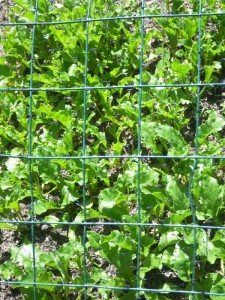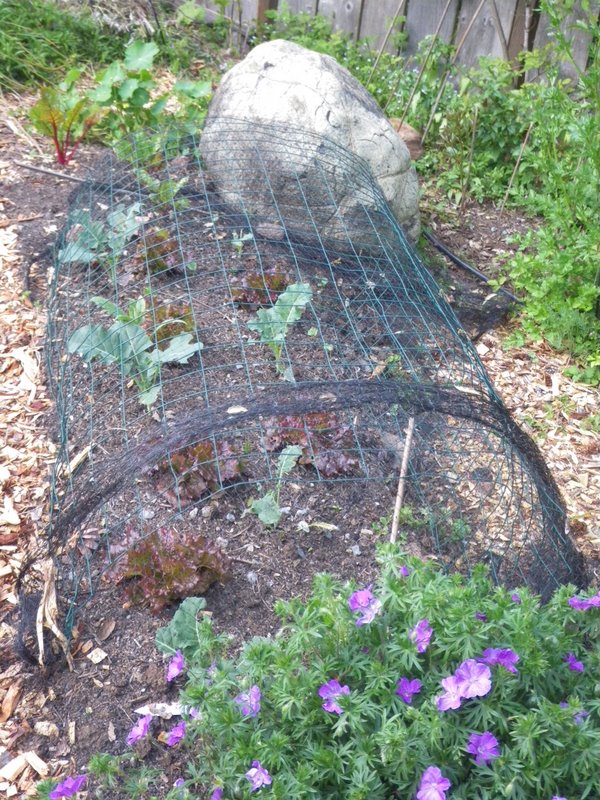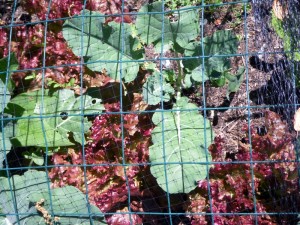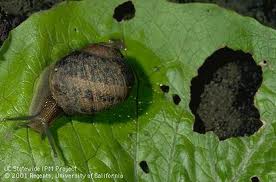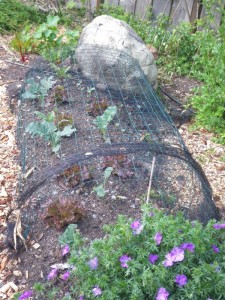by Avis Licht 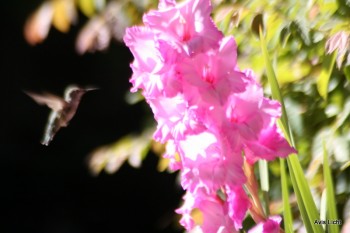 I love watching hummingbirds zoom, dive, drink and zip around my garden. Not only are they beautiful and fanciful, they are an integral part of the health of our gardens. While researching information on hummingbirds I came across a great article on the Las Pilitas website, which is a source of California Native Plants. “Hummingbirds prefer the native species (commonly Sambucus,Ceanothus and Arctostaphylos) for nesting. They prefer a mixed diet of nectar from multiple sources for their daily diet. I read an article that showed a correlation between nectar (pollen) proteins and hummingbirds’ immune systems. “So, although they can live on bird feeders they probably can not survive on bird feeders (sugar diet) as you’re messing with their immune system and, since there is no pollen in sugar water, their reproductive ability. Basically, the bird feeders are making winos out of proud birds. If they attack you, give them a break, it’s the ‘Twinkie’ syndrome. ”
I love watching hummingbirds zoom, dive, drink and zip around my garden. Not only are they beautiful and fanciful, they are an integral part of the health of our gardens. While researching information on hummingbirds I came across a great article on the Las Pilitas website, which is a source of California Native Plants. “Hummingbirds prefer the native species (commonly Sambucus,Ceanothus and Arctostaphylos) for nesting. They prefer a mixed diet of nectar from multiple sources for their daily diet. I read an article that showed a correlation between nectar (pollen) proteins and hummingbirds’ immune systems. “So, although they can live on bird feeders they probably can not survive on bird feeders (sugar diet) as you’re messing with their immune system and, since there is no pollen in sugar water, their reproductive ability. Basically, the bird feeders are making winos out of proud birds. If they attack you, give them a break, it’s the ‘Twinkie’ syndrome. ”
If you’re tempted to go out and buy a bird feeder for these lovelies, think twice. I personally feel that it’s more work to keep a feeder full, clean and safe, than planting some easy care flowers like the Zauschneria, above. From the Las Pilitas website: “Just plant, Zauschneria species, California fuchsia everywhere (well maybe not everywhere, but in a lot of places. avis.) in your garden. The California fuchsias can flower from July through December. They flower and flower, trim off the old flowers, and they flower more. They are excellent in rock walls. California fuchsias can tolerate garden water as well as being very drought tolerant. These flowers come in white, pink, and red with gray or green foliage. The vary in with from a couple of inches tall to a couple of feet.”
The Salvias are easy to grow, have low water requirements and are long blooming. Hummingbirds love them. To find out lots more about their life cycle and plants they enjoy, read this article from Las Pilitas.

Shaded branches in nearby trees are perfect for hiding from predators and resting between dive bombs on the flowers.
Hummingbirds need fresh water, shelter and safe nesting sites in order to thrive, in addition to flowering plants. The greatest diversity of hummingbird species is found in areas where plant life is more diverse, which in turn leads to more diverse insect life – both plants and insects are critical food sources for hummingbirds. As you can see in the photo above, of my garden, diversity is paramount. Trees, vines, shrubs, flowers, annuals, vegetables, are all designed into a small area. A well thought out form is important for the visual enjoyment of the garden. Read this article for design elements in the edible garden.
Habitat conservation is critical for protecting all hummingbird species. Creating a backyard habitat can nurture local hummingbirds as well as provide a rest stop for migrating hummingbirds, but if those migrants have nowhere safe to go, your efforts could be useless. Supporting conservation programs in tropical regions where hummingbirds are most diverse is critical for preserving these beautiful birds, and many birding organizations such as the American Bird Conservancy, The Nature Conservancy and the National Audubon Society work to preserve habitat in many areas where hummingbirds thrive. By understanding hummingbirds’ habitat needs and knowing what makes a good hummingbird habitat, it is possible not only to enjoy these birds close by, but also to ensure their survival throughout their widespread ranges.




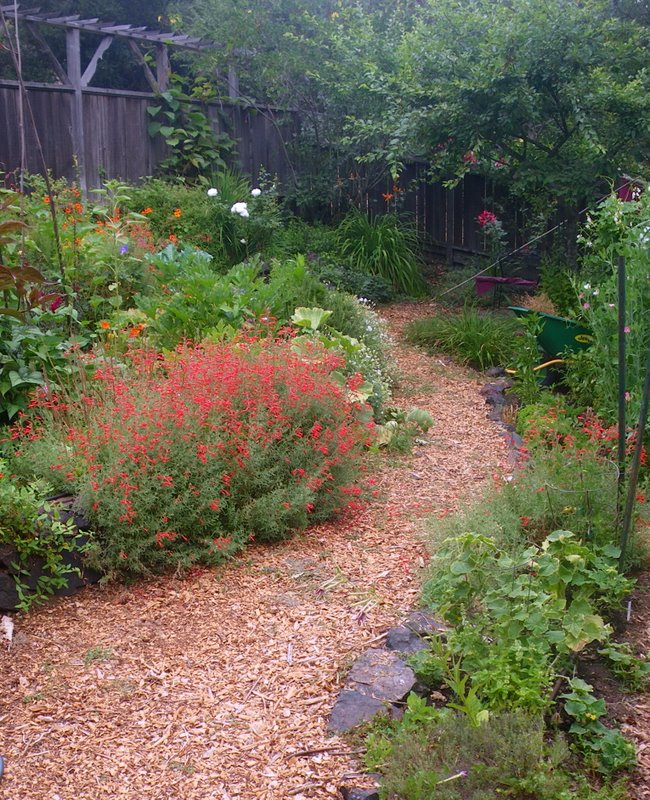

 Follow
Follow

